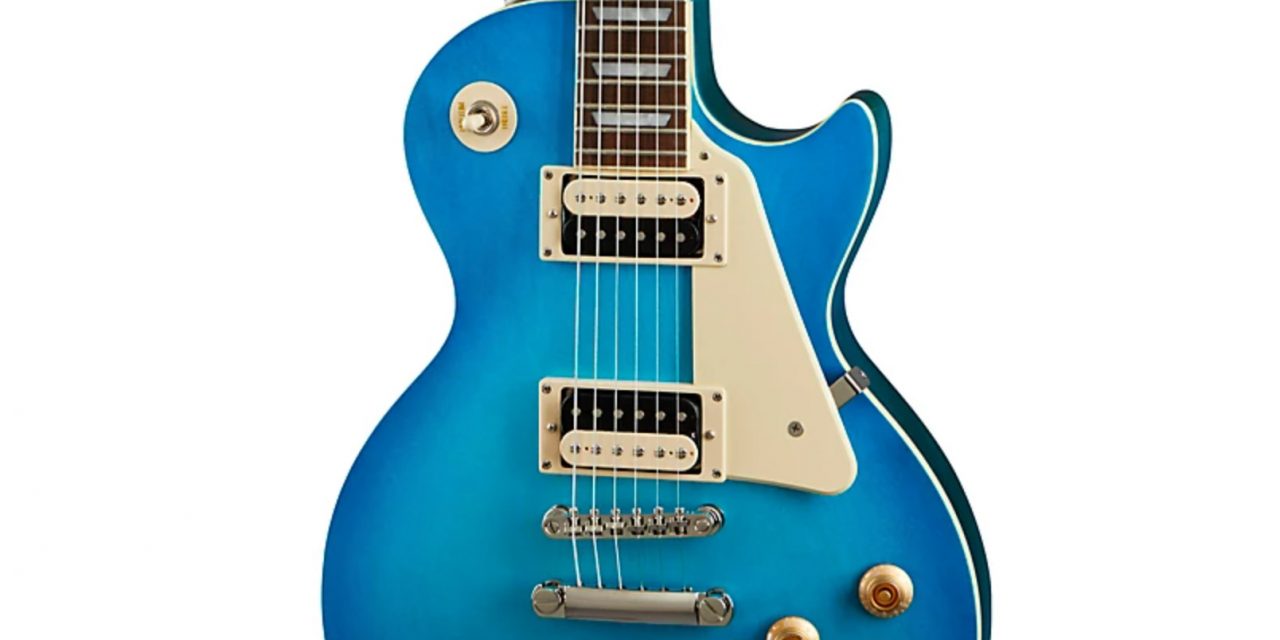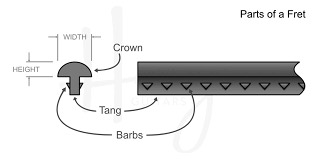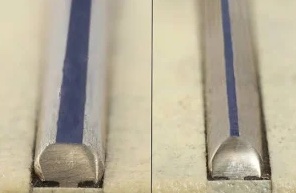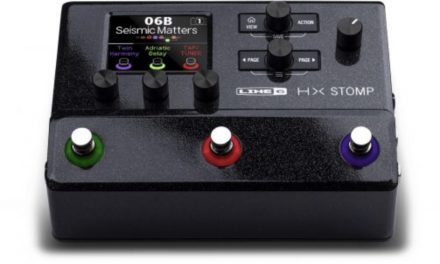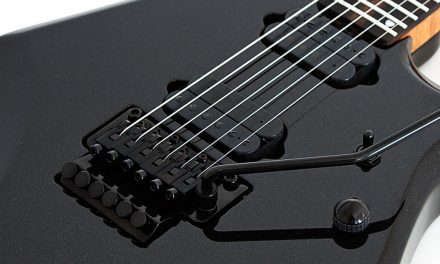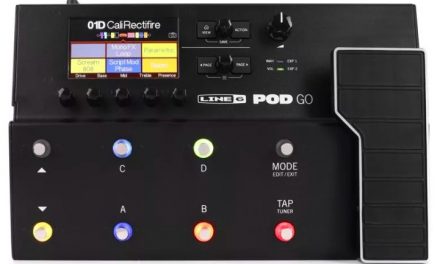How much do you know about the frets in your Epiphone Les Paul? Today we are taking a closer look at the stock frets in the Epiphone Les Paul, and we discuss when it might be time for a level and crown. We will also look at whether it makes sense to do a refret at some point.
There’s a video on the YouTube channel for this content, if you’re interested.
Not All Epiphone Les Pauls Use the Same Fretwire
The Epiphone Les Paul has been made in different factories in different countries over the years, so the frets might not be identical. The majority of Epiphone Les Pauls use what’s called medium-jumbo frets, which means they’re of average width and height. But the exact specs may have slightly changed over the years, as well as the fretwire supplier. Epiphone does not share any information about where it gets its fretwire, and there are big arguments on the web as to whether Epiphone has used a lower quality wire than Gibson. In this case, lower quality means not as hard. The softer the wire, the faster it wears out.
Let’s diagram the parts of a fret. The big almost half-circle part of the fret is called the crown. The skinny part that sticks in the fretboard is the tang, and the little barbs that stick out of the tang are called barbs. The very, very top of the fret, where the string touches, is called the landing zone. The landing zone is different from company to company – it might be a teeny bit wider or narrower. Fret wire is normally measured by using its width and its height. We measure in thousandths of an inch. Here’s a big landing zone and a small landing zone, represented by the blue line:
You can sort of lump frets into four categories: vintage, medium jumbo, narrow and tall, and jumbo. Your Epiphone Les Paul probably has medium jumbo frets. We may go over the differences in another video, but not this one. Most frets are made up of 80% nickel and 18% copper, which makes them semi-easy to work on, but they eventually wear down. Stainless steel frets are harder to work on, but they are far less likely to wear down. The vast majority of Epiphone Les Pauls use standard fret wire, mostly nickel.
Why Care About Frets?
When you get a new Epiphone Les Paul, if it’s set up correctly, it’ll play great. Bending notes will be a breeze, and you shouldn’t have too much fret buzz.
But you’re rubbing metal on metal when you play. And eventually you can end up with issues. I’m going to go through the various issues you might have, and discuss fixes for those issues.
1. Fret Sprout. Your guitar’s neck is made out of wood. There’s moisture in wood, as well as resins. High end guitar makers understand this. They dry out the wood in kilns and usually also age the wood. They want the wood to have almost no moisture content, and they want the resins to crystalize.
Once that happens, the neck is very stable. The temperature and humidity can change, but the neck won’t move. Less expensive guitars sometimes don’t have this type of elaborate preparation, because they want to keep costs down. As a result, the guitar’s neck might shrink under certain climate conditions. This causes something called fret sprout. That’s where the end of the fret is sticking out of the neck beyond the wood. This can make the guitar almost unplayable. Fret Sprout is very common. I’ve seen it on lower end Gibson Les Pauls. I’ve not seen it on PRS guitars. Doesn’t mean it never happens. Means I’ve never seen it.
The Fix
The way to deal with fret sprouting is to file the fret ends down until they’re level with the wood. There are two ways to do this: use a tool that does all the fret ends at once, or use a fret end file and go fret by fret. A fret end file is safer but takes forever. Filing down all the fret ends at once requires skill and some painter’s tape. Either way, you may need a fret end file to reshape the crown of the fret on the ends.
2. Fret Scratches. In time, the tops of your frets may get scratched from your playing. Very small scratches, usually, but big enough that your string bends don’t feel smooth.
The Fix
Here’s something to try. Get some really strong reading glasses, or some jewelers appraisal magnifying glasses, or some repair glasses. Look at your frets under some good lighting. If you see some light scratches, you may be able to polish them out without messing up your action. Tape off your pickups and fretboard with painter’s tape. Then use some super fine steel wool and gently go back and forth from side to side. Never go from front to back – only polish in the same direction that you bend strings. Instead of steel wool, you can use polishing cloths, but it may go slower. Once the scratches are gone, put a little bit of cymbal cleaner on a lint-free cloth and polish the frets with that. That’ll remove dirt and gunk and bring your frets to a high shine. Now they’ll play much easier!
3. Fret Dents. A fret dent is one specific spot, usually on the first few lowest frets, where the string has put a dent in the fret. This is practically inevitable, unless you have stainless steel frets.
The Fix
There are people who suggest trying to fill the dent with something, but that’s a bad idea. You’ve got four options: live with it, do a level/crown on the neck, replace the fret, or refret the guitar. If you’re not hearing any string buzz, you should probably just live with it until it gets worse. If it is buzzing, raising your action might help. If that doesn’t work, a level/crown might be in order. That’s where ALL the frets are sanded down to the level of the dent, and then the frets are reshaped or crowned and then polished. That’ll run between $100 and $200 in most places, because it’s a lot of work. If it’s just one fret, you might consider replacing just that fret. Repair techs don’t like to do that, usually. They have to match the guitar’s fretwire as close as they can, and cosmetically it might be a slightly different color. They will definitely have to file the fret down to the correct height, and then recrown the fret. Some might argue that notes played on that fret might even sound a little different than other frets. That could be true under some circumstances.
If the dent is too low, a level/crown might not work, because the frets might end up being too short. In that case, you either have to replace the fret, or do a refret. A refret might cost between $200 and $400, depending on who is doing it. It’s more complicated than a level/crown. When the old frets are removed, the fretboard WILL be damaged. Usually a skilled repair person can hide the damage pretty well, but a refret should be done as a last resort. Doing a $400 refret on a $600 guitar might not make sense, but if you love the guitar, it might be worth it.
4. Flat Frets. Your fretwire might develop larger areas of the fret that lose their crown, or become “flat,” due to string bending. This is very common. The same fixes used for fret dents are true for flat frets – ignore the problem, level/crown, replace only the bad frets, do a refret. Same pros and cons.

